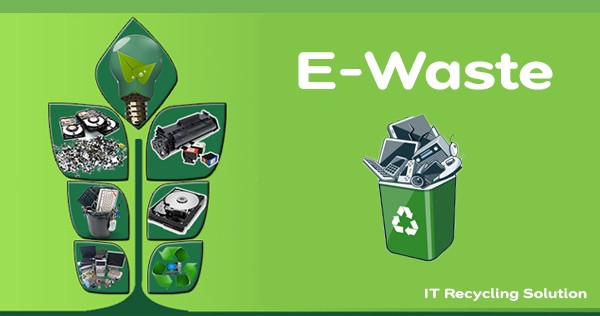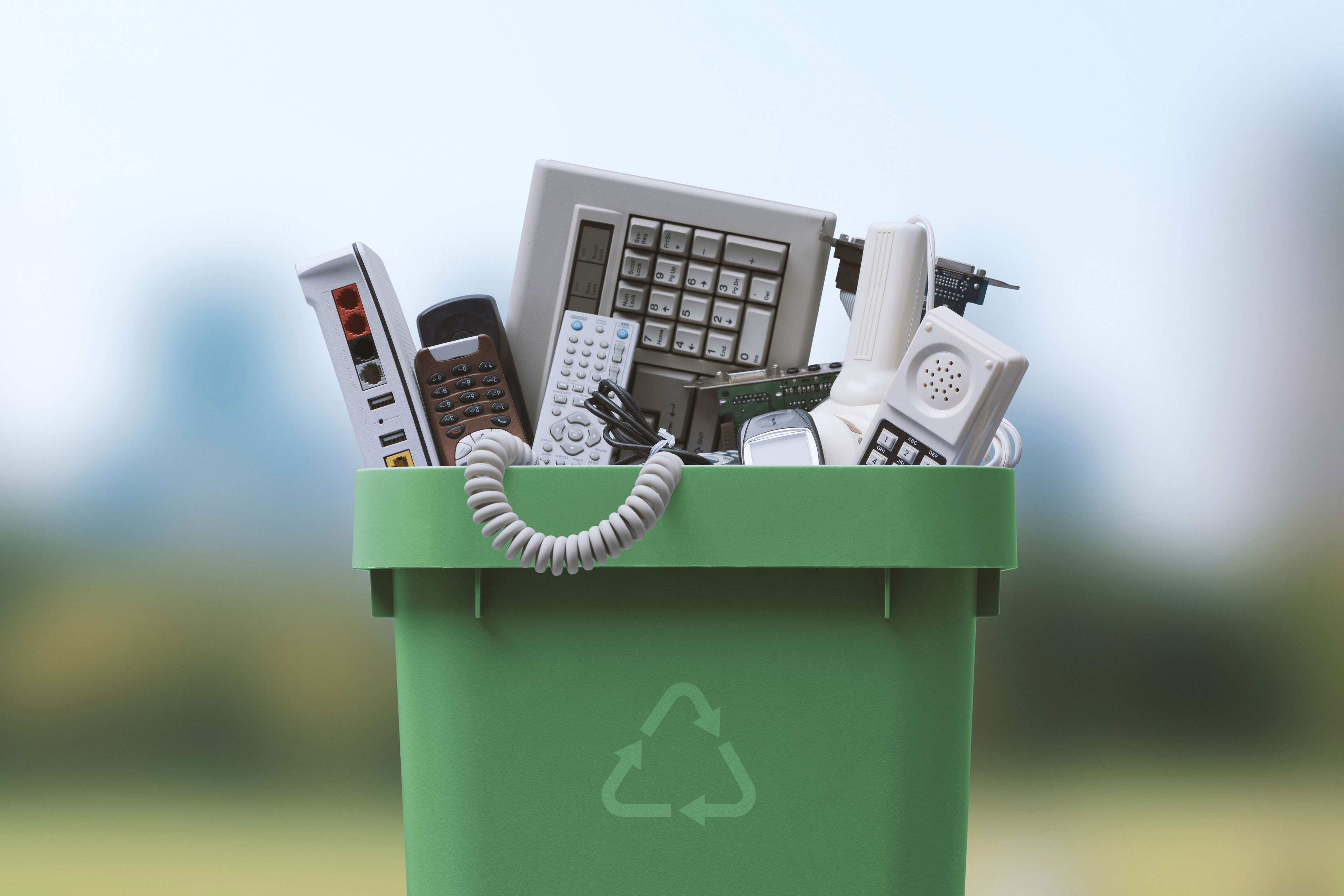How Recycling Lives Services can Save You Time, Stress, and Money.
Table of ContentsThe Basic Principles Of Recycling Lives Services Some Known Details About Recycling Lives Services Recycling Lives Services Can Be Fun For EveryoneThe Facts About Recycling Lives Services RevealedAbout Recycling Lives Services

In addition, all Oxfordshire regional authorities approve vapes and e-cigarettes as a different kerbside collection. Disposable vapes be put inside your wheelie containers. How they are gathered in each area varies somewhat; examine you have the correct info for your location. Utilize the Waste Wizardsearch device to check just how your regional authority collects this waste or find other drop-off places in your location.
Mobile batteries the kind you discover in little portable devices can also be recycled at the kerbside but not inside any of your bins. Examine the Waste Wizard for how to do this in your area. Bigger stores that market batteries also have collection points for recycling old batteries. Batteries must always be gotten rid of from electric products where they are developed to do so and reuse independently, Energy-saving, LED and portable fluorescent light bulbs and tubes can be reused at our recycling centres.
How Recycling Lives Services can Save You Time, Stress, and Money.
Older-style filament or halogen light bulbs can be thrown away in your general rubbish container at home. Some DIY shops additionally have collection points for light bulbs. Little electric products (little adequate to suit a provider bag) can be recycled at our waste reusing centres or at the kerbside. recycling lives services weee.

5 Simple Techniques For Recycling Lives Services
Electrical products are damaged down into different pasts so that the various materials they are comprised of can be gotten rid of and recycled. Waste recycling centres are for usage by householders just and can not approve waste from commercial resources. Small businesses and investors have a duty of care under this plan, which means they additionally have to abide by the WEEE regulations.
E-waste, digital waste, e-scrap and end-of-life electronic devices are terms usually made use of to describe used electronics that are nearing the end of their useful life, and are discarded, given away or offered to a recycler. The UN specifies e-waste as any type of discarded products with a battery or plug, and includes poisonous and harmful substances such as mercury, that can position severe danger to human and ecological health and wellness.
An Unbiased View of Recycling Lives Services
Just 17.4% of this digital waste, consisting of a blend of unsafe substances and precious products, will be tape-recorded as being properly gathered, treated and reused - https://recycling-lives-services.jimdosite.com/. Lots of efforts are undertaken to tackle this growing issue, however none of them can be fully efficient without the energetic function and proper education of consumers

Moreover, extracting thrown out electronics creates 80% less exhausts of co2 per unit of gold compared to mining it from the ground. In 2015, the extraction of resources made up 7% of the world's energy usage. This means see page that moving towards making use of more secondary resources in electronic goods could assist significantly within the targets laid out in the Paris Contract on environment modification.
A Biased View of Recycling Lives Services
Every tool ever before generated has a carbon footprint and is contributing to human-made global warming. Manufacture a tonne of laptop computers and potentially 10 tonnes of CO2 are discharged. When the carbon dioxide released over a device's life time is taken into consideration, it predominantly happens during manufacturing, before customers acquire a product. This makes lower carbon processes and inputs at the production phase (such as use recycled basic materials) and item lifetime key components of overall environmental effect.
Also in the EU, which leads the world in e-waste recycling, just 35% of e-waste is formally reported as correctly accumulated and reused. Worldwide, the standard is 20%; the continuing to be 80% is undocumented, with much winding up buried under the ground for centuries as land fill. E-waste is not eco-friendly. The lack of recycling weighs heavily on the global digital sector and as devices end up being much more many, smaller sized and a lot more intricate, the concern escalates.
The continuing to be mass of e-waste primarily plastics laced with steels and chemicals positions a much more intractable trouble. A brand-new vision for the manufacturing and intake of electronic and electrical products is needed. It is very easy for e-waste to be mounted as a post-consumer trouble, but the issue includes the lifecycle of the tools every person makes use of.